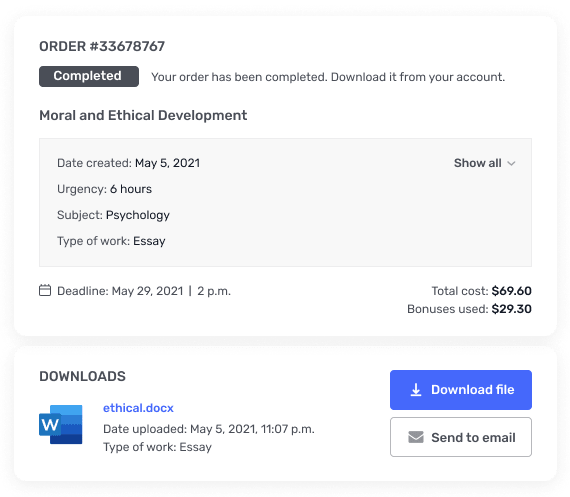Brown Corporation manufactures and sells ceramic dinnerware
Brown Corporation manufactures and sells ceramic dinnerware. The company also sells dinnerware that is purchased from unrelated foreign producers. During tax year 2012, Brown had a U.S. profit of $1.5 million (QPAI) and a loss from the imported merchandise of $100,000. Which is Brown’s DPAD? (Points : 2)$126,000$127,000$146,000$147,000None of the aboveQuestion 3.3. (TCO 2) Silver Corporation has average gross receipts of $5.7 million, $4.6 million, and $4.8 million for the last 3 years, respectively. Silver is (Points : 2)not subject to the corporate income tax.a small corporation with respect to the AMT.not subject to the AMT.not a small corporation with respect to the AMT.None of the aboveQuestion 4.4. (TCO 3) As of January 1, Spruce Corporation has a deficit in accumulated E & P of $37,500. For tax year, current E & P (all of which accrued ratably) is $20,000 (prior to any distribution). On July 1, Spruce Corporation distributes $25,000 to its sole, noncorporate shareholder. The amount of the distribution that is a dividend is (Points : 2)$0.$20,000.$25,000.$37,500.None of the aboveQuestion 5.5. (TCO 3) Balsa Corporation distributes land with a fair market value of $75,000 and an adjusted basis of $25,000. The land is subject to a liability of $30,000. Which is the total effect of the distribution on the E & P of Balsa? (Points : 2)Balsa’s E & P is neither increased nor decreased.Balsa’s E & P is increased by $5,000.Balsa’s E & P is increased by $50,000.Balsa’s E & P is reduced by $75,000.None of the aboveQuestion 6.6. (TCO 3) Which statement about property distributions is false? (Points : 2)When the basis of distributed property is greater than its fair market value, a deficit may be created in E & P.When the basis of distributed property is less than its fair market value, the distributing corporation recognizes gain.When the basis of distributed property is greater than its fair market value, the distributing corporation does not recognize loss.The amount of a distribution received by a shareholder is measured by using the property’s fair market value.None of the aboveQuestion 7.7. (TCO 3) Walnut Corporation, a calendar-year taxpayer, has taxable income of $110,000 for the year. In reviewing Walnut’s financial records, you discover that the following occurred this year.Federal income taxes paid: $25,000Net operating loss carry forward deducted currently: $25,000Gain recognized this year on an installment sale from a prior year: $12,000Depreciation deducted on tax return (ADS depreciation would have been $8,000): $15,000Interest income from Wisconsin state bonds: $37,000Walnut Corporation’s current E & P is (Points : 2)$73,000.$138,000.$142,000.$166,000.None of the aboveQuestion 8.8. (TCO 4) Five years ago, Eleanor transferred property she had used in her sole proprietorship to Blue Corporation for 100 shares of Blue Corporation in a transaction that qualified under § 351. The assets had a tax basis to her of $200,000 and a fair market value of $350,000 on the date of the transfer. In the current year, Blue Corporation (E & P of $1 million) redeems 30 shares from Eleanor for $225,000 in a transaction that does not qualify for sale or exchange treatment. With respect to the redemption, Eleanor will have a (Points : 2)$165,000 dividend.$165,000 capital gain.$225,000 dividend.$225,000 capital gain.None of the aboveQuestion 9.9. (TCO 4) Cardinal Corporation has 1,000 shares of common stock outstanding. John owns 300 of the shares, John’s grandfather owns 200 shares, John’s daughter owns 300 shares, and Redbird Corporation owns 200 shares. John owns 60% of the stock in Redbird Corporation. How many shares is John deemed to own in Cardinal Corporation under the attribution rules of 318? (Points : 2)300600720800None of the aboveQuestion 10.10. (TCO 4) In the current year, Dove Corporation (E & P of $1 million) distributes all of its property in a complete liquidation. Alexandra, a shareholder, receives land having a fair market value of $300,000. Dove Corporation had purchased the land as an investment 3 years previously for $375,000, and the land was distributed subject to a $270,000 liability. Alexandra took the land subject to the $270,000 liability. Which is Alexandra’s basis in the land? (Points : 2)$375,000$300,000$270,000$30,000None of the above




